Understanding darts is more than just throwing accurately; it’s also about knowing the rules, especially concerning fouls and penalties. This ultimate guide to darts fouls and penalties clarifies common infractions and their consequences, ensuring fair play and preventing unintentional errors. We’ll explore everything from line fouls to equipment regulations, helping you avoid costly mistakes and improve your game.
⚠️ Still Using Pen & Paper (or a Chalkboard)?! ⚠️
Step into the future! The Dart Counter App handles all the scoring, suggests checkouts, and tracks your stats automatically. It's easier than you think!
Try the Smart Dart Counter App FREE!Ready for an upgrade? Click above!
Mastering the Game: An Ultimate Guide to Darts Fouls and Penalties
In the competitive world of darts, adhering to the rules is just as important as aiming for the bullseye. Many players, especially beginners, are unaware of the subtle nuances that can lead to fouls and penalties. This ultimate guide to darts fouls and penalties aims to provide a comprehensive understanding of these rules, helping you to avoid unintentional errors and maintain fair play. Let’s dive in!
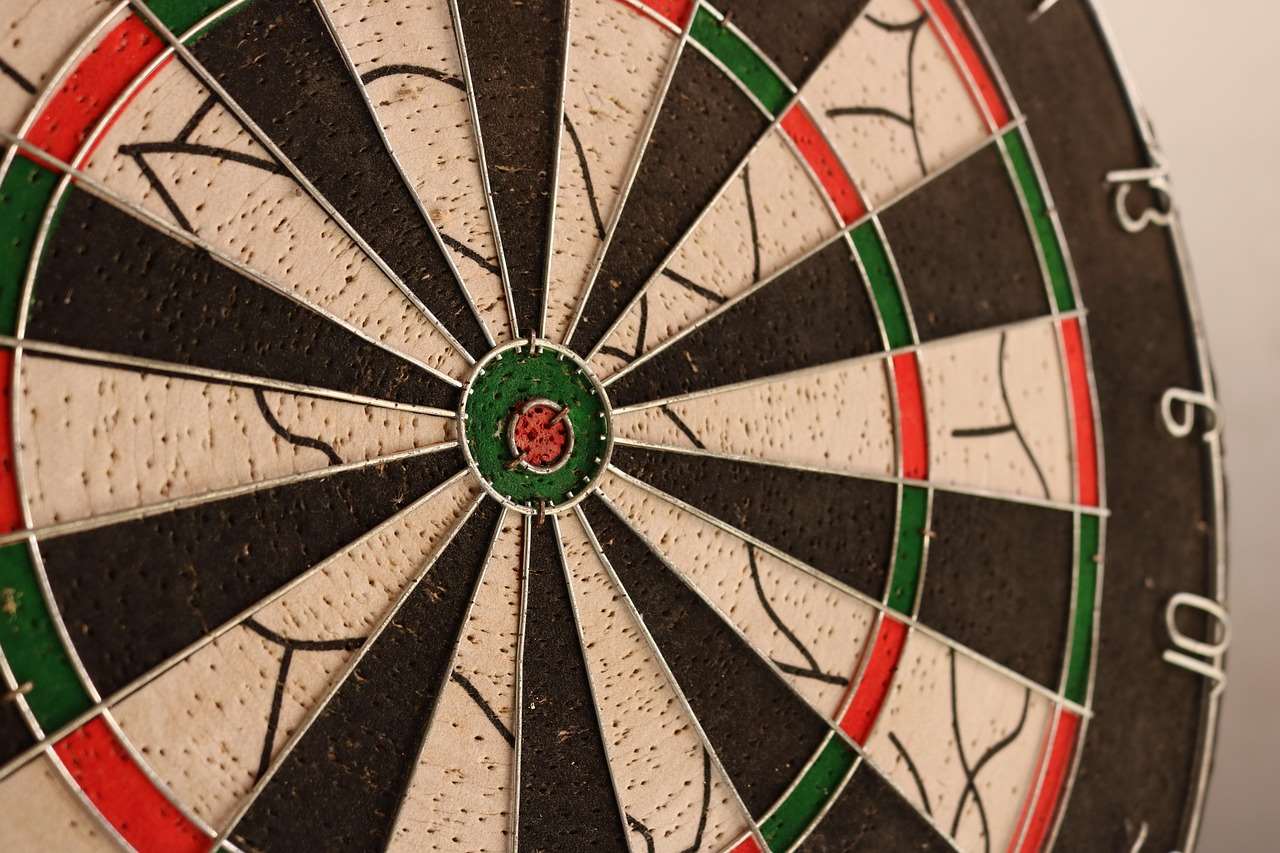
Understanding the Throwing Line and Foot Faults
One of the most common fouls in darts involves crossing the throwing line, also known as the **oche**. The oche is a clearly marked line that players must stand behind when throwing their darts. It’s designed to ensure fairness and consistency in the game. A foot fault occurs when any part of a player’s foot extends beyond the oche during the throw. However, you can lean over the oche.
Specific Rules Regarding the Throwing Line:
- Foot Placement: At least one foot must remain behind the oche throughout the throw.
- Leaning: While your feet must be behind the oche, you are allowed to lean over the line.
- Accidental Crossing: Even if the crossing is accidental, it still constitutes a foot fault.
- Penalty: Throws made with a foot fault are considered invalid and do not count towards the player’s score.
Understanding basic darts fundamentals for beginners is essential, and knowing these line rules is a critical part of that foundation.
Dartboard and Equipment Infractions
The equipment used in darts must adhere to specific regulations to ensure fair competition. Violations related to the dartboard itself, as well as the darts used, can lead to penalties. Let’s look at these in more detail.
Dartboard Regulations and Penalties:
- Dartboard Height: The center of the bullseye must be exactly 5 feet 8 inches (1.73 meters) from the floor.
- Dartboard Distance: The oche must be 7 feet 9.25 inches (2.37 meters) from the face of the dartboard, measured horizontally.
- Non-Compliant Boards: Using a dartboard that doesn’t meet these specifications is against the rules.
- Penalty: Any game played on a non-compliant board could be considered invalid, potentially leading to a replay or disqualification.
Dart Equipment Rules and Penalties:
- Dart Weight: Darts typically should not exceed 50 grams in weight.
- Dart Length: Darts are generally required to be no longer than 30.5 cm.
- Dart Construction: Darts must consist of a metal barrel, flights, and a point. Modification beyond standard repairs may be prohibited.
- Altering Darts During Play: Modifying darts during a match to gain an unfair advantage is prohibited.
- Penalty: Illegal equipment results in the disqualification of the dart thrown and potentially further penalties depending on the governing body of the competition.
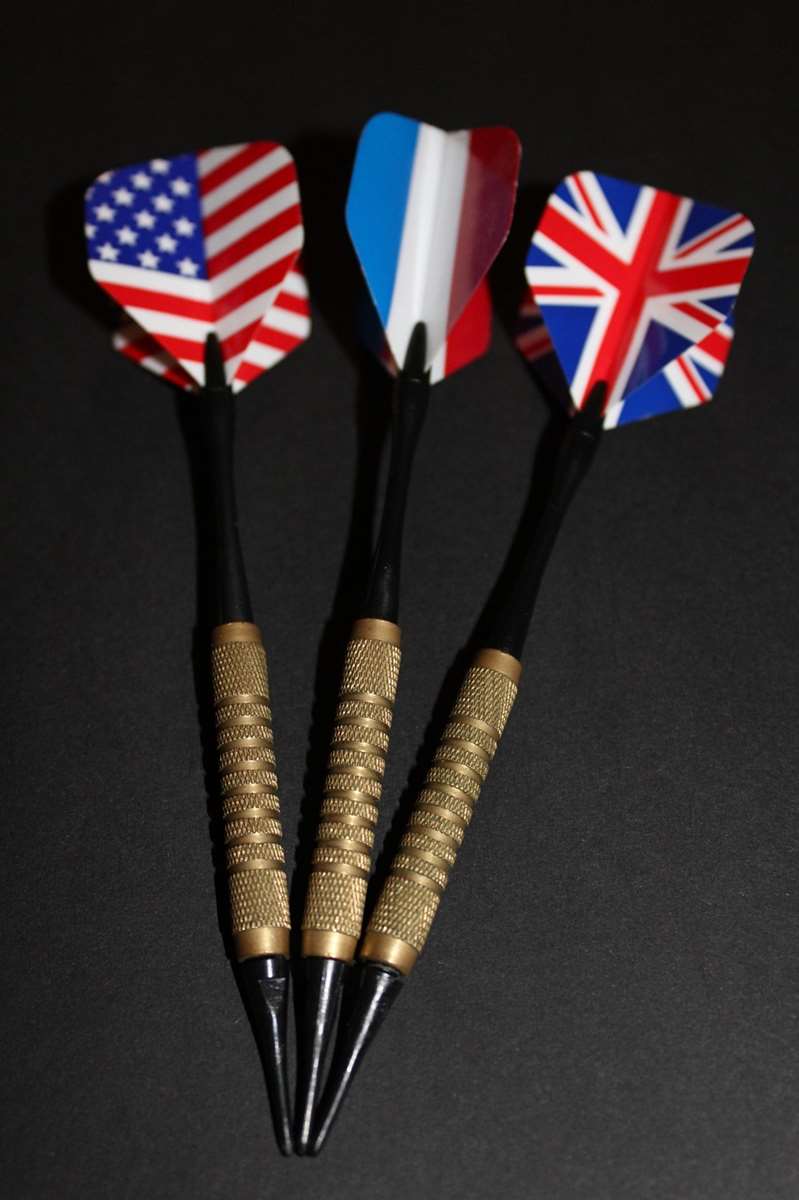
Throwing Rules and Etiquette: Avoiding Penalties
Beyond the line and equipment, certain throwing rules and general etiquette must be followed to avoid penalties. These rules ensure a fair and respectful environment for all players involved.
Rules of Play and Penalties:
- Throwing Out of Turn: Throwing before your designated turn can result in the loss of those darts.
- Interfering with Opponent’s Throw: Any deliberate attempt to distract or interfere with an opponent’s throw is strictly prohibited.
- Penalty: A warning or loss of darts could be imposed, depending on the severity and intent of the interference.
Darts Etiquette to Prevent Fouls:
- Calling Scores Clearly: Accurately and clearly announcing the score after each throw is crucial. Misreporting scores can be considered a form of cheating.
- Removing Darts: Players should wait until all three darts have been thrown before approaching the board to remove them.
- Respecting Opponents: Maintaining sportsmanship and respect towards opponents is expected at all times.
If you are adapting darts rules for beginners, it is important to prioritize these essential etiquette guidelines.
Specific Game Rule Violations
Different dart games have their own specific rules, and violating these can lead to penalties unique to that game type. Let’s consider the popular game of 501 as an example.
501 Game Rule Violations and Penalties:
- Busting: In 501, if a player scores more points than needed to reach zero, they “bust,” and their score reverts to what it was at the start of that turn.
- Incorrect Checkout: The final dart must land on a double (or the bullseye, which counts as a double) to win. Failing to do so results in an invalid checkout.
- Penalty: Both busting and incorrect checkouts mean the player’s score reverts to the previous round’s score.
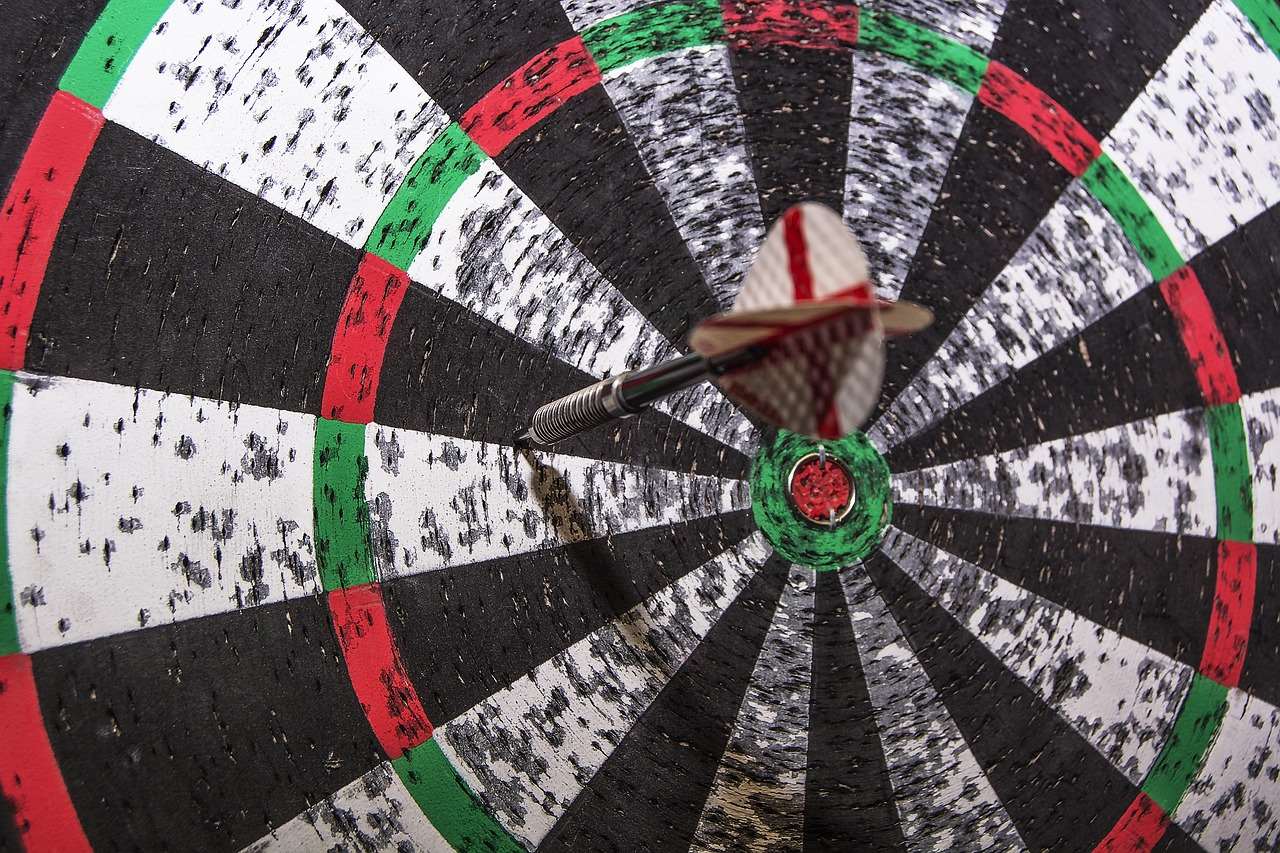
Consequences of Fouls and Penalties
The consequences of committing a foul or incurring a penalty in darts can vary depending on the specific rule violated, the tournament rules, and the discretion of the officials. Here’s a general overview:
- Invalidated Throws: The most common consequence is the invalidation of the throw, meaning the score from that throw is not counted.
- Loss of Turn: In some cases, a foul may result in the loss of a turn, giving the opponent an advantage.
- Point Deductions: Although rare, point deductions can occur for serious or repeated violations.
- Warnings: A warning may be issued for minor infractions, particularly if they are unintentional.
- Disqualification: In severe cases, such as cheating or unsportsmanlike conduct, a player may be disqualified from the match or tournament.
It is useful to consider simplified 501 game rules for novice players to clearly understand the penalties.
How to Avoid Darts Fouls and Penalties: Practical Tips
Avoiding fouls and penalties is crucial for maintaining fair play and maximizing your performance. Here are some practical tips to help you stay on the right side of the rules:
- Know the Rules: Familiarize yourself with the specific rules of the game you are playing, including any variations or tournament-specific regulations. This ultimate guide to darts fouls and penalties should get you started, but further research might be needed.
- Practice Proper Foot Placement: Develop a consistent stance and throwing motion that ensures you remain behind the oche at all times. Practice your footwork to avoid accidental foot faults.
- Use Compliant Equipment: Ensure that your darts and dartboard meet the required specifications. Regularly check your equipment for any damage or modifications that could be deemed illegal.
- Maintain Sportsmanship: Respect your opponents and adhere to the principles of fair play. Avoid any behavior that could be interpreted as unsportsmanlike or disruptive.
- Call Scores Accurately: Double-check your scores and announce them clearly to avoid any misunderstandings or accusations of cheating.
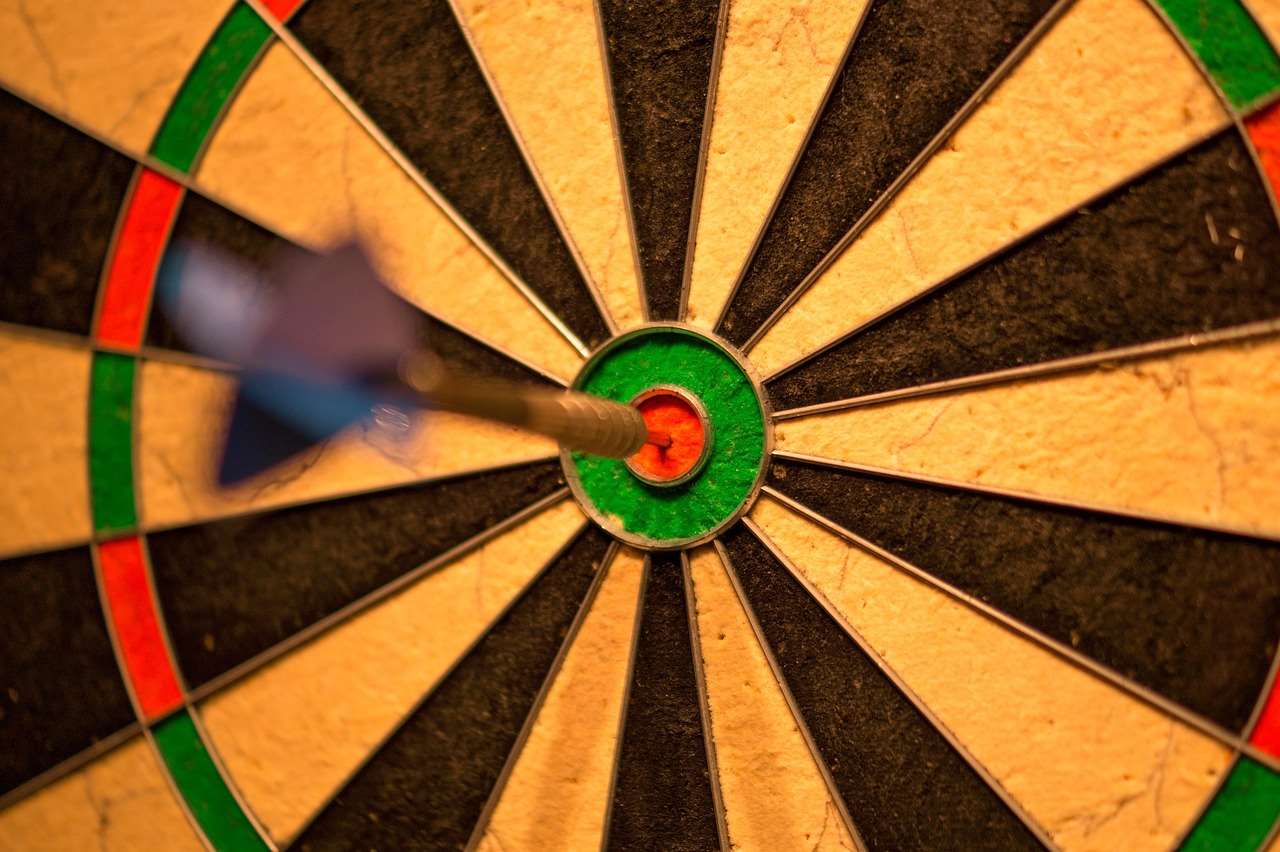
Dealing with Disputes and Rule Interpretations
Even with a thorough understanding of the rules, disputes can sometimes arise during a darts match. Knowing how to handle these situations is essential for resolving conflicts fairly and efficiently.
Steps for Handling Disputes:
- Know the Tournament Rules: Understand the official rules regarding disputes, including the process for appealing decisions.
- Remain Calm and Respectful: Approach the situation calmly and respectfully. Avoid getting into heated arguments with your opponent or officials.
- Refer to the Officials: If a dispute cannot be resolved between the players, seek the assistance of a tournament official or referee.
- Present Your Case Clearly: Clearly and concisely explain your perspective on the issue, providing any relevant evidence or documentation.
- Accept the Final Decision: Ultimately, you must accept the final decision of the officials, even if you disagree with it. Arguing or disputing the decision further can lead to penalties.
Staying Updated on Rule Changes
Darts rules can evolve over time, with governing bodies making changes to address loopholes, improve fairness, or adapt to new technologies. Staying informed about these changes is crucial for ensuring you are playing by the most up-to-date regulations.
How to Stay Informed:
- Follow Official Organizations: Monitor the websites and publications of major darts organizations such as the Professional Darts Corporation (PDC) and the World Darts Federation (WDF).
- Subscribe to Newsletters: Sign up for newsletters or email updates from darts news outlets and organizations.
- Attend Seminars and Workshops: Participate in seminars or workshops on darts rules and regulations, if available.
- Consult Experienced Players: Seek advice from experienced players or coaches who are knowledgeable about the rules.
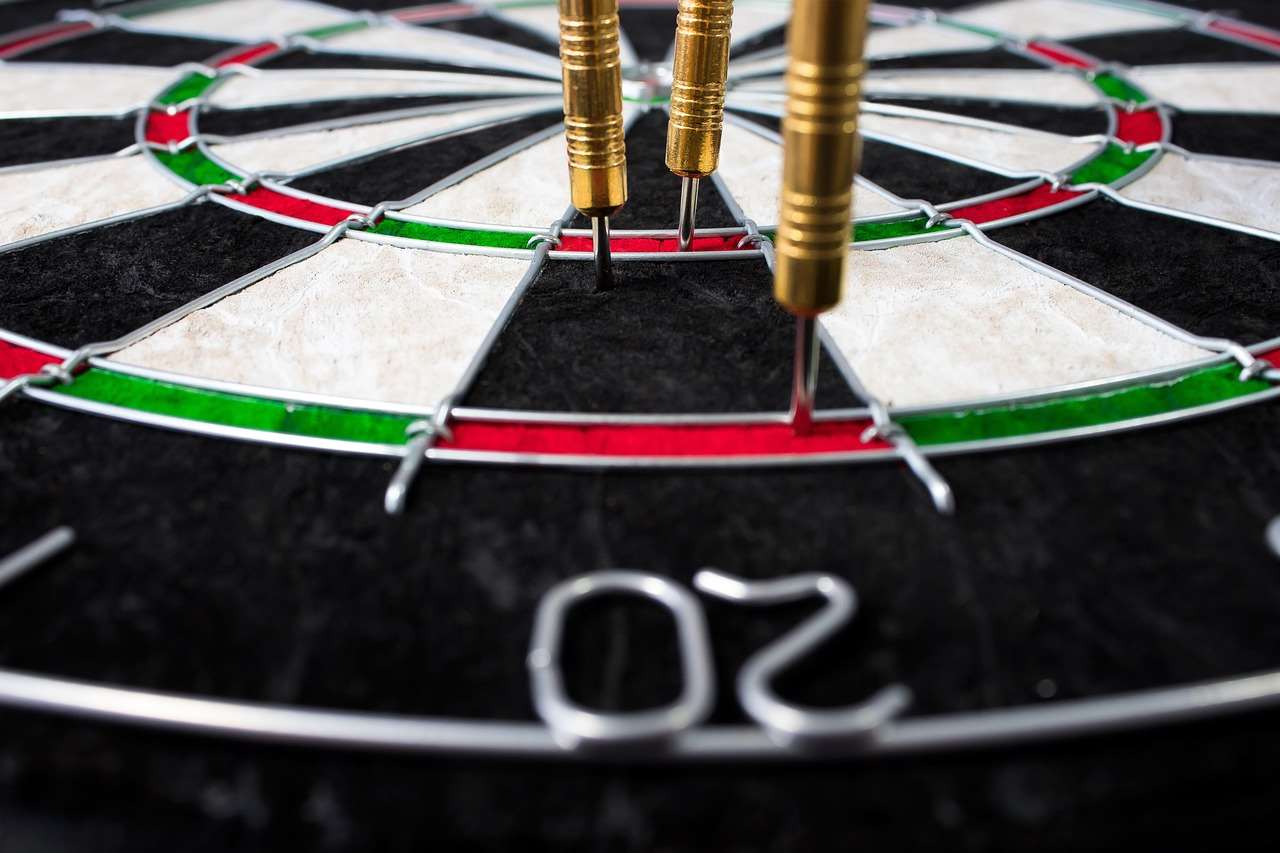
Conclusion: Upholding Fair Play with the Ultimate Guide to Darts Fouls and Penalties
Mastering the ultimate guide to darts fouls and penalties is crucial for every player who wants to compete fairly and confidently. By understanding the throwing line rules, equipment regulations, throwing etiquette, and game-specific violations, you can avoid costly mistakes and maintain a competitive edge. Remember to stay updated on any rule changes and always prioritize sportsmanship. Now that you’re equipped with this knowledge, go out there, aim true, and play fair!
Ready to take your game to the next level? Explore our other articles to hone your skills, including how to make darts fairer with handicap rules. Good luck and happy darting!
Hi, I’m Dieter, and I created Dartcounter (Dartcounterapp.com). My motivation wasn’t being a darts expert – quite the opposite! When I first started playing, I loved the game but found keeping accurate scores and tracking stats difficult and distracting.
I figured I couldn’t be the only one struggling with this. So, I decided to build a solution: an easy-to-use application that everyone, no matter their experience level, could use to manage scoring effortlessly.
My goal for Dartcounter was simple: let the app handle the numbers – the scoring, the averages, the stats, even checkout suggestions – so players could focus purely on their throw and enjoying the game. It began as a way to solve my own beginner’s problem, and I’m thrilled it has grown into a helpful tool for the wider darts community.